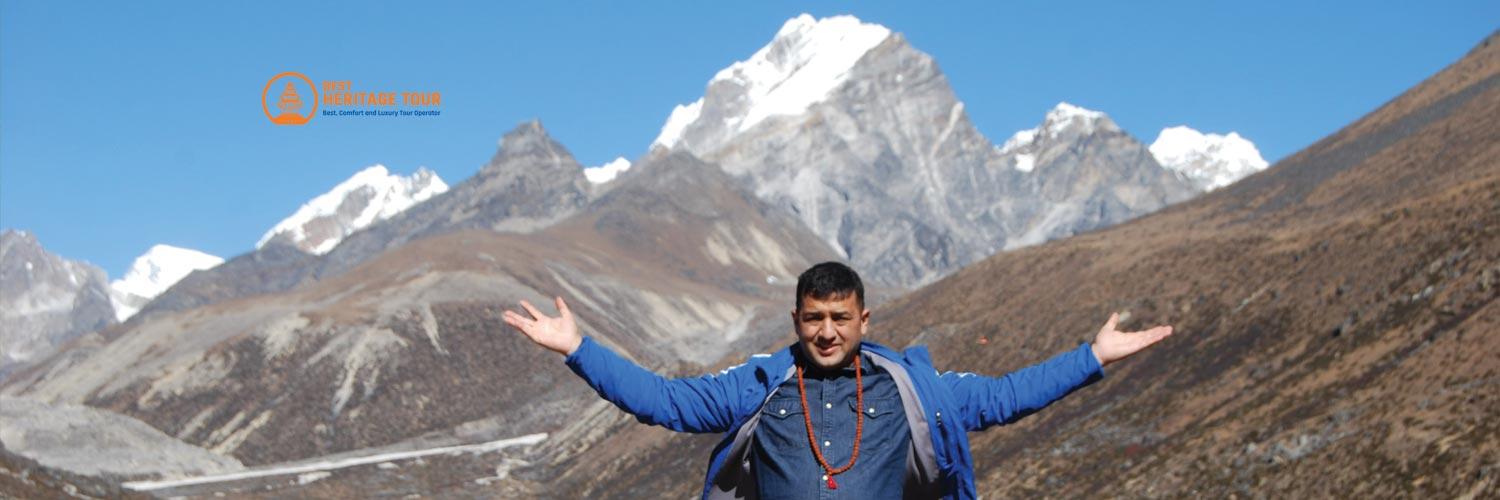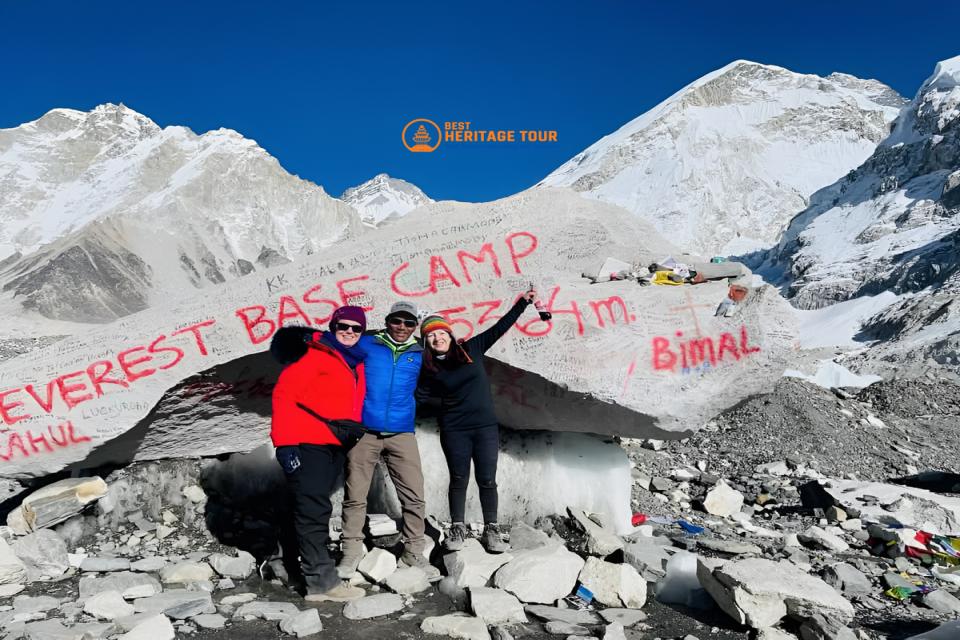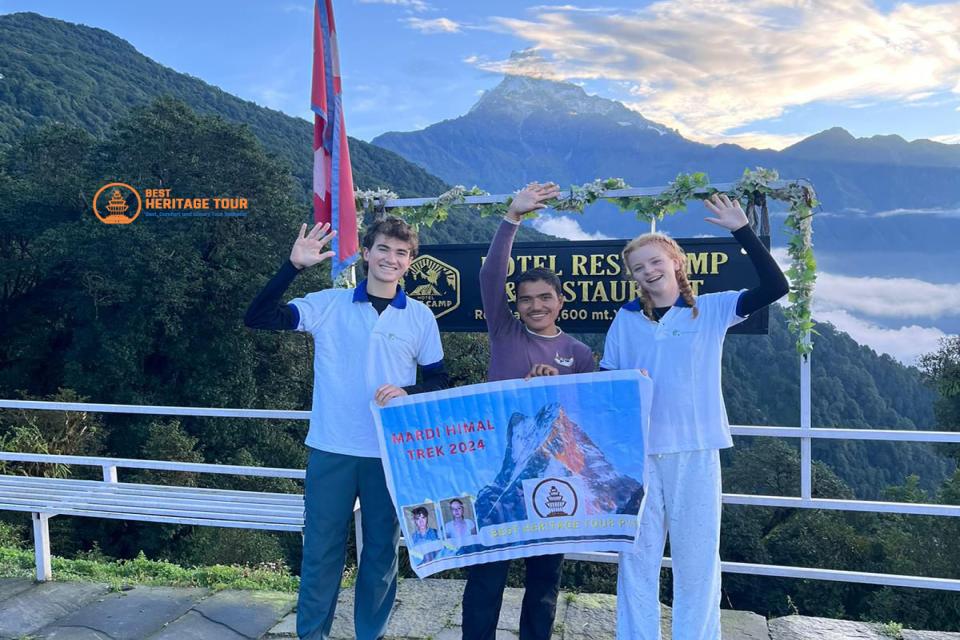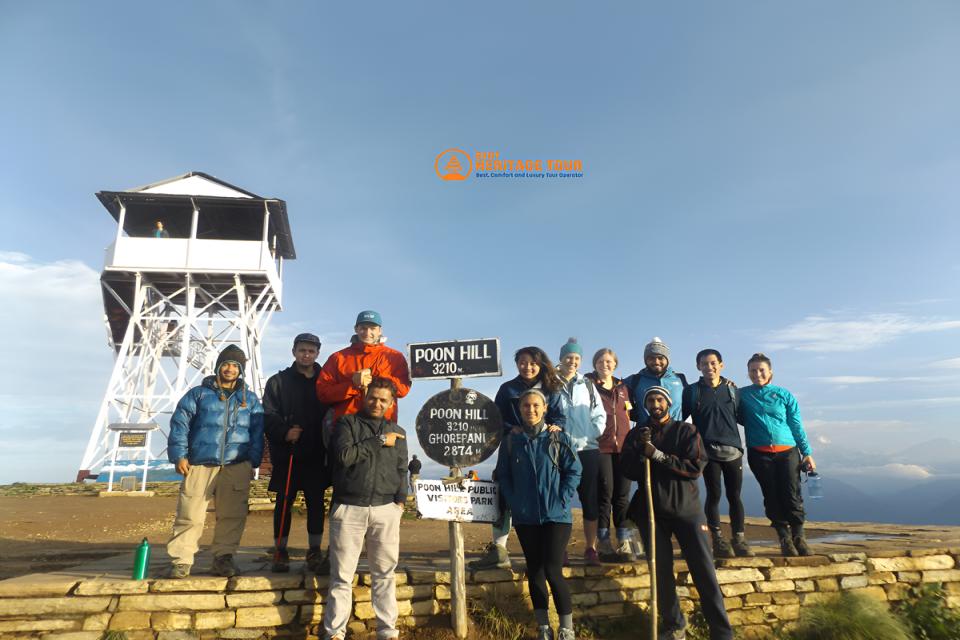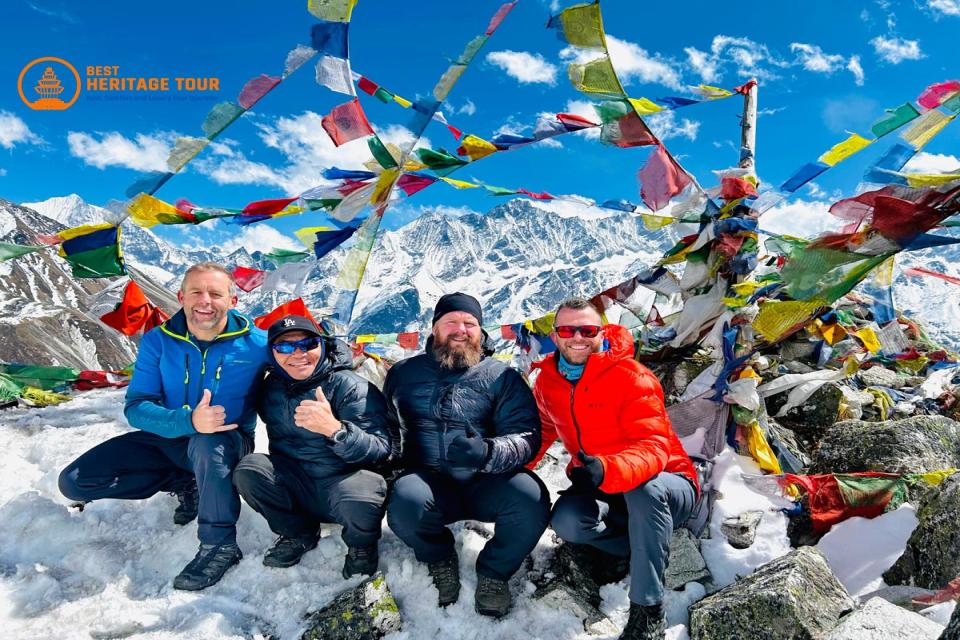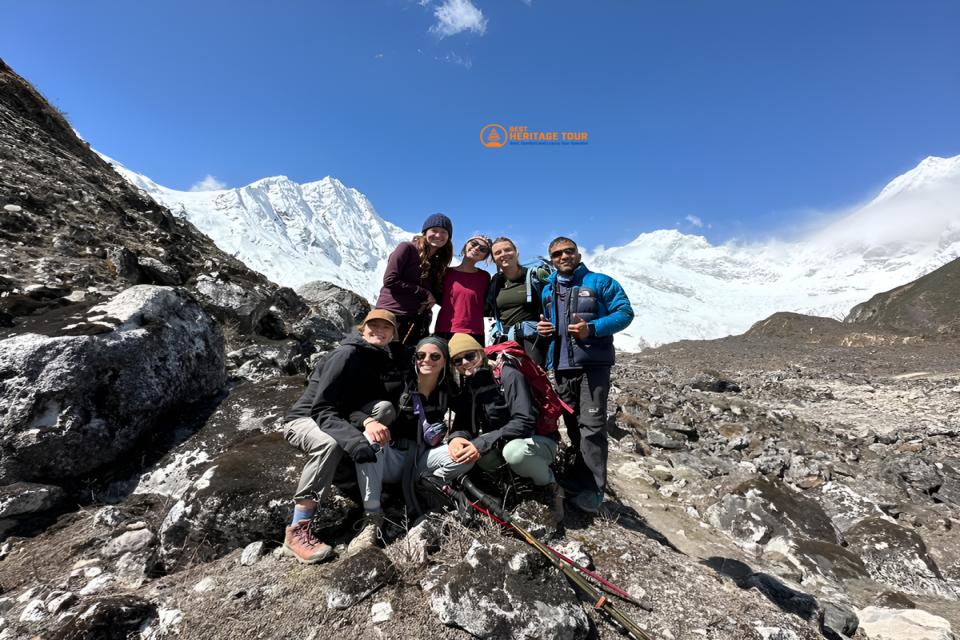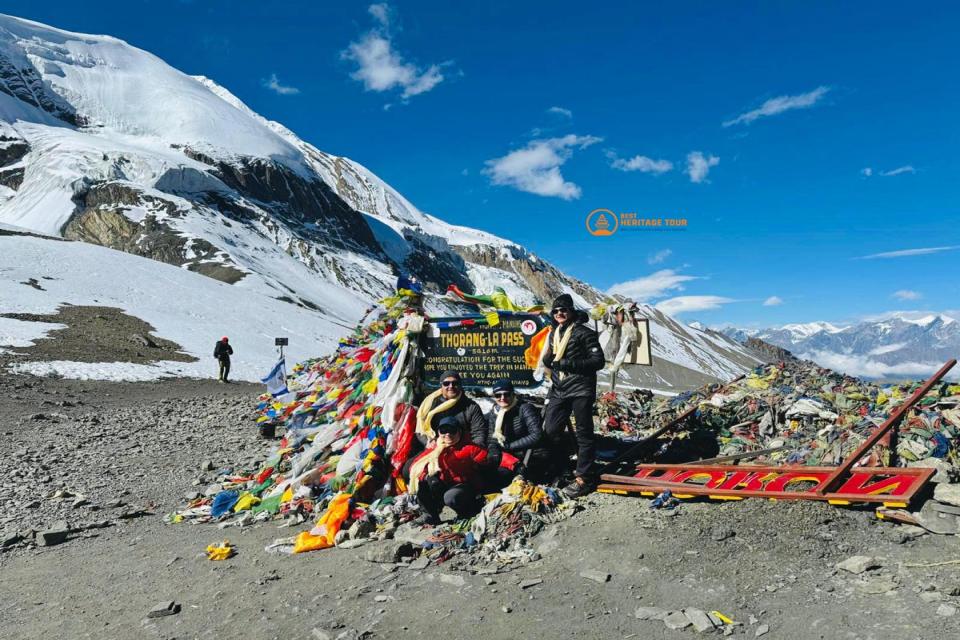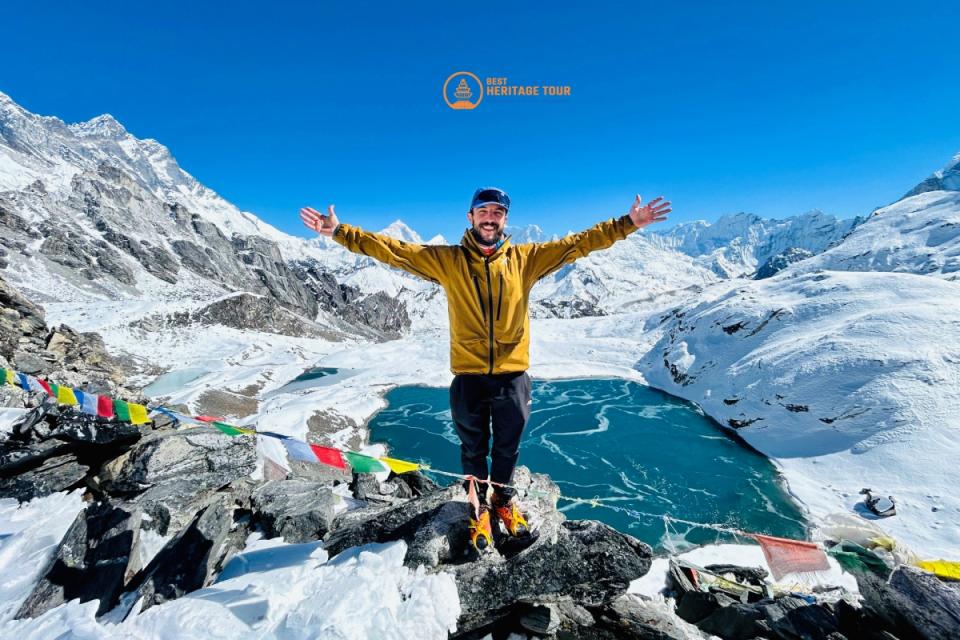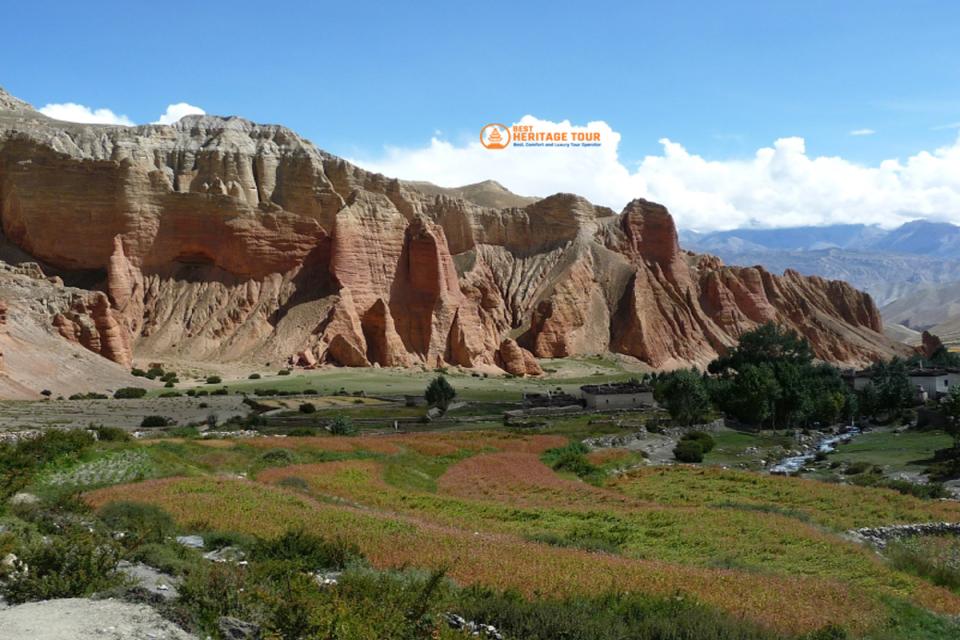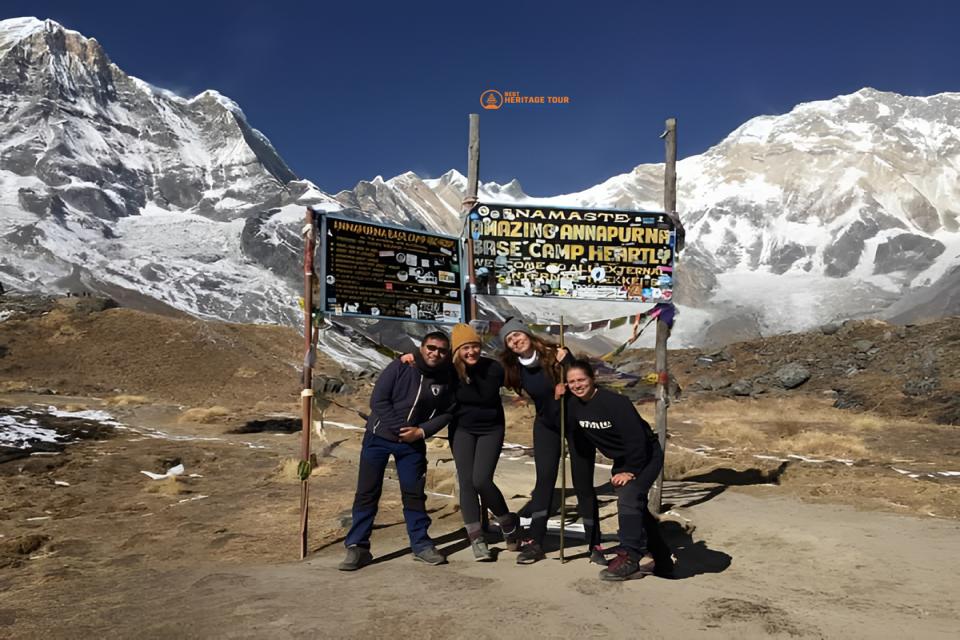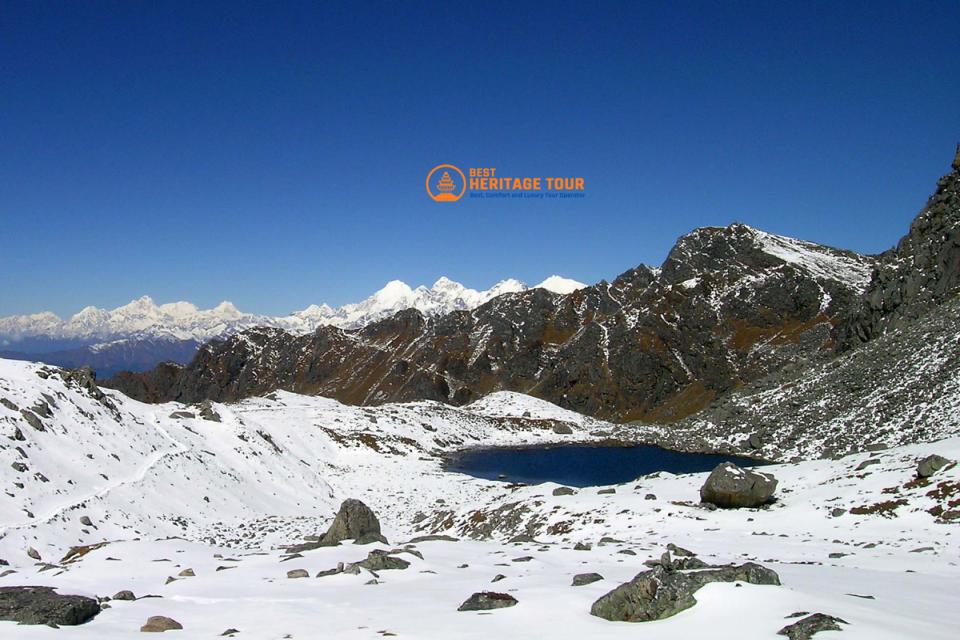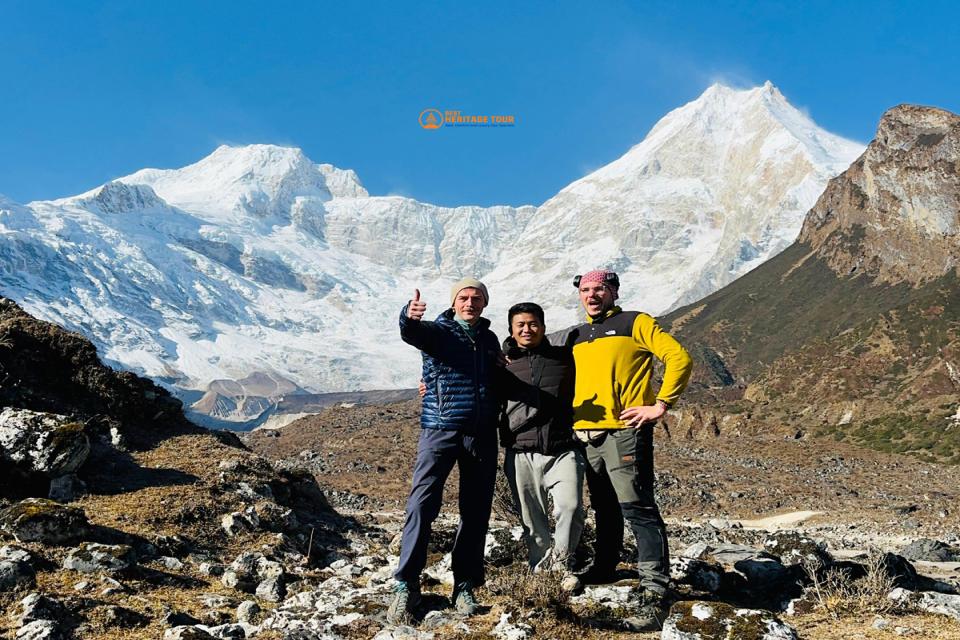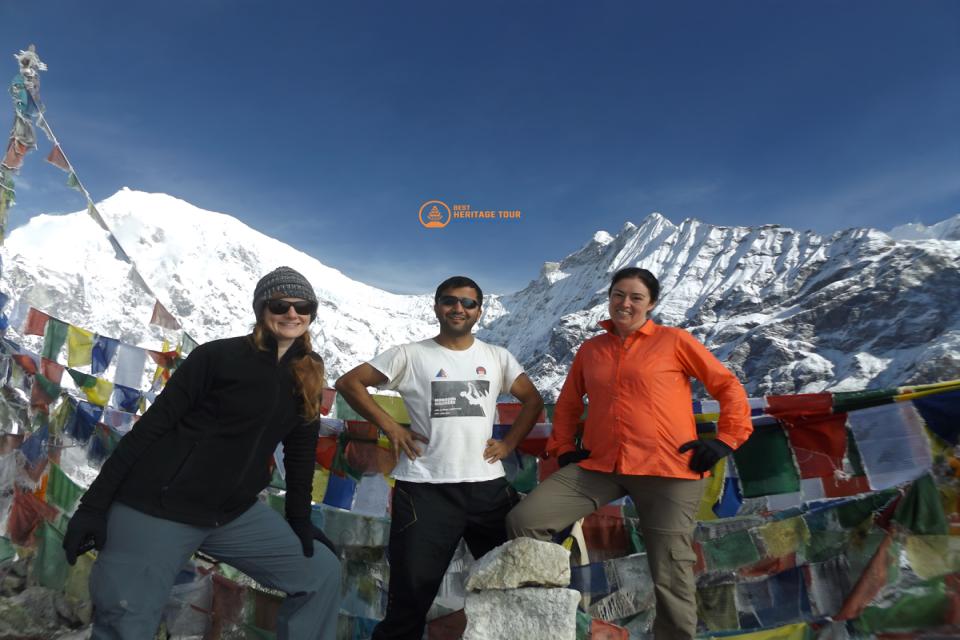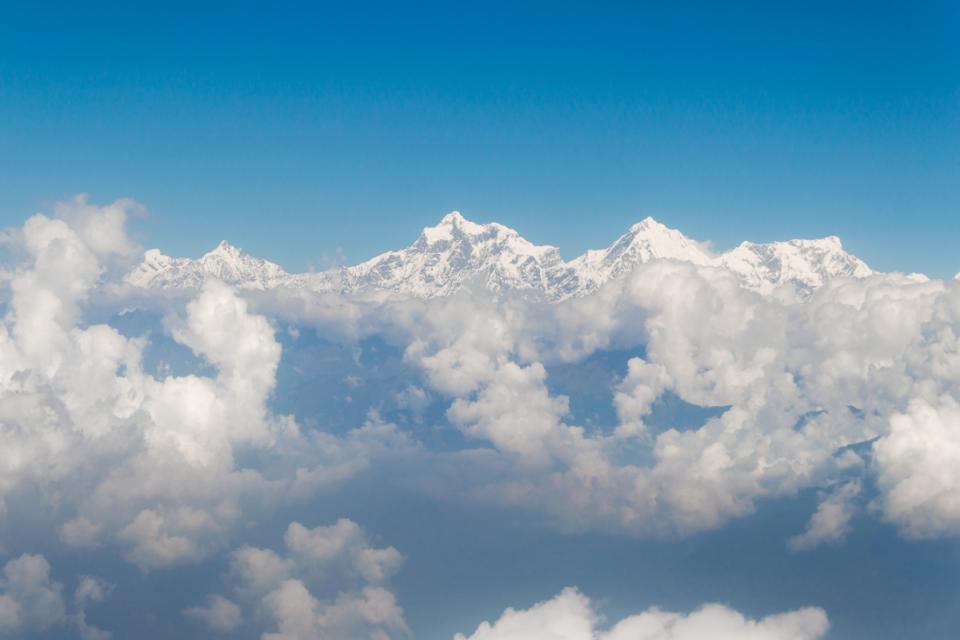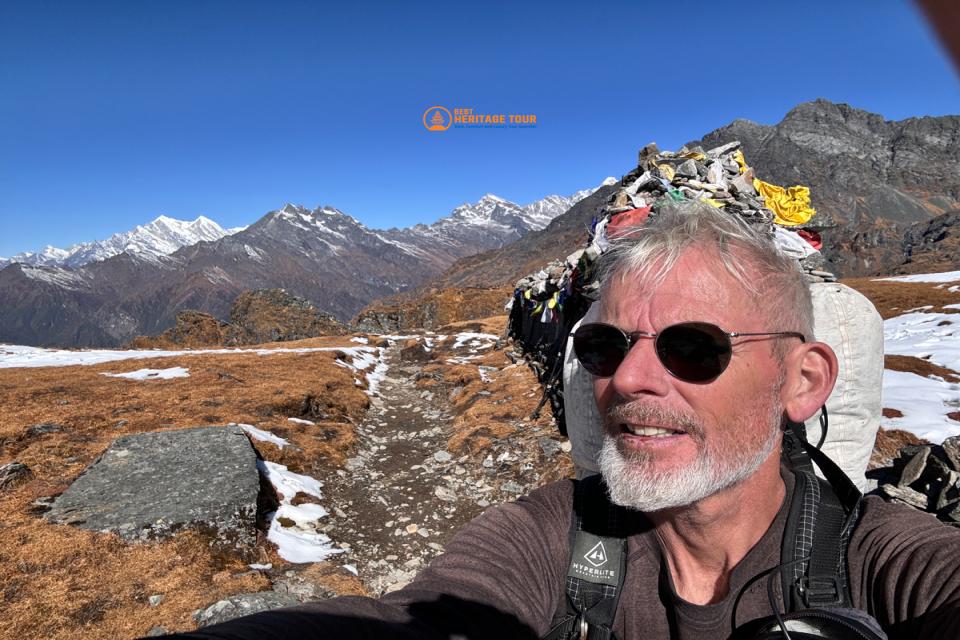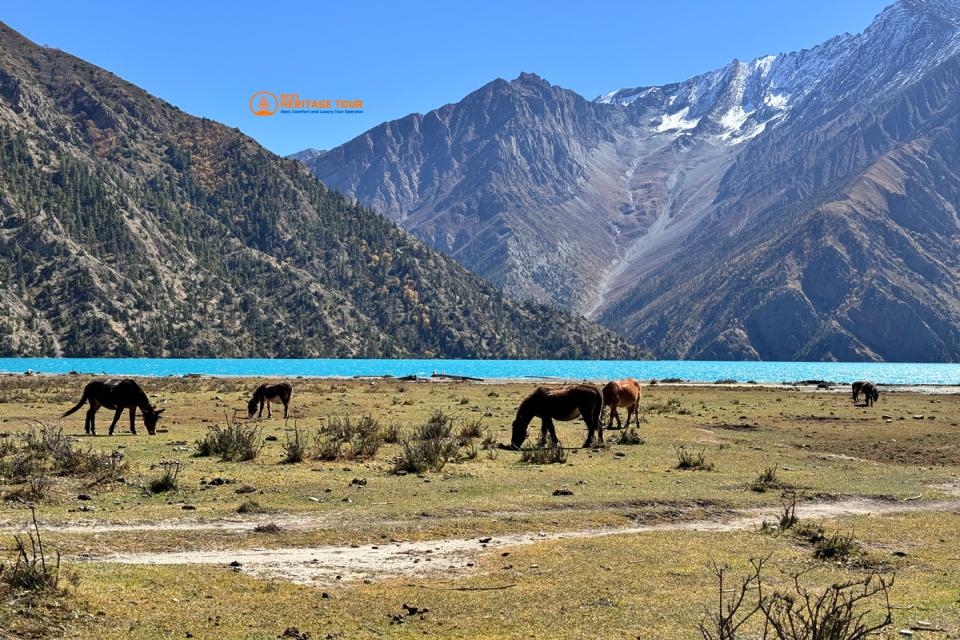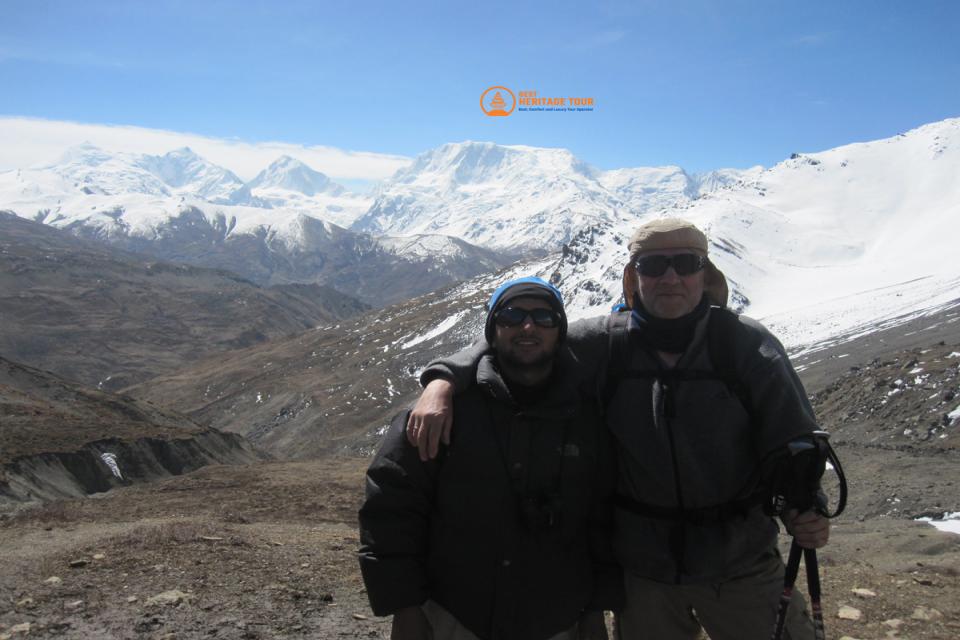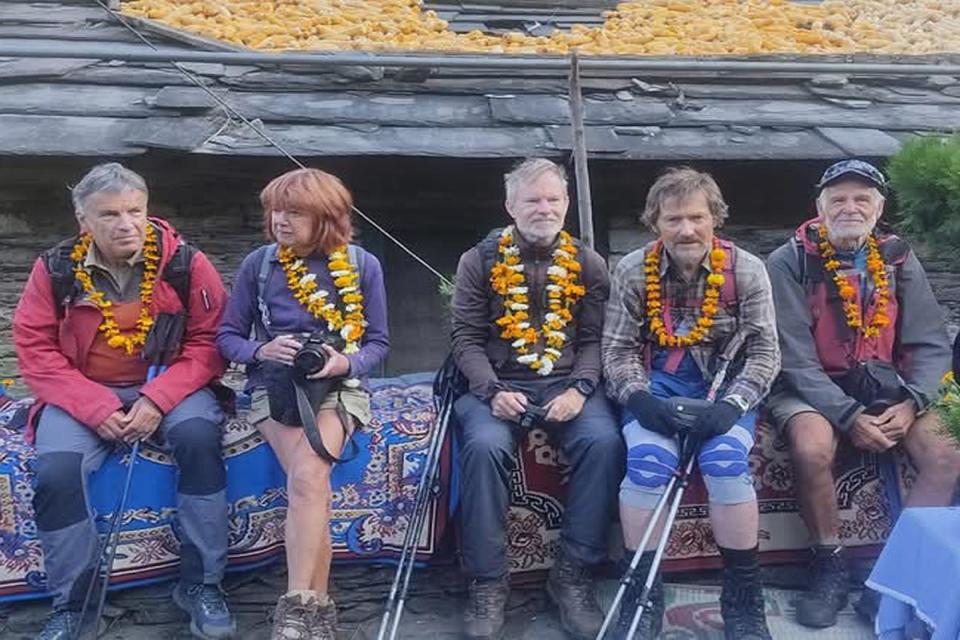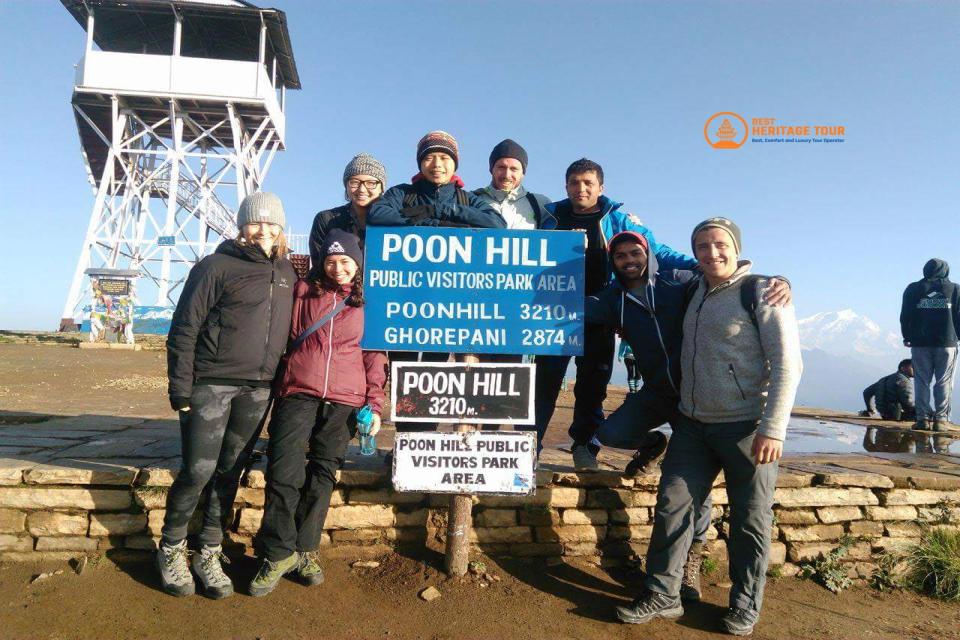Planning a trek in Nepal for 2026 or 2027? One of the first questions that likely comes to mind is, “Do I need a TIMS Card for Nepal?” and how much will the trekking permits cost? Understanding the TIMS Card cost 2026 and the various Nepal trekking fees 2026 is essential to prepare your budget and ensure a smooth trekking experience. Whether you’re a solo trekker wondering about the solo trekker TIMS Card cost in Nepal or traveling with a group and curious about the group TIMS Card fee in Nepal, knowing where and how to obtain these permits can save you time and hassle.
Nepal’s breathtaking trails, from the iconic Everest Base Camp to the lush landscapes of the Annapurna Conservation Area, require specific permits, such as the Sagarmatha National Park permit 2026 and the Annapurna trekking permit fee. These permits not only help regulate trekking activities but also contribute to the conservation of Nepal’s unique natural and cultural heritage. In this guide, we’ll break down everything you need to know about trekking permits in Nepal, including costs, application processes, and where to buy your TIMS Card in Kathmandu or Pokhara so you can focus on enjoying your adventure with peace of mind.
TIMS (Trekkers Information Management System) Card: What You Need to Know
If you’re gearing up for trekking in Nepal, one of the very first things to understand is the TIMS Card Nepal, a mandatory permit designed to keep trekkers safe and accounted for. You might be asking yourself, “Do I really need a TIMS Card for Nepal?” The short answer is yes, for most popular trekking regions.
1. What is the TIMS Card?
TIMS stands for Trekkers Information Management System. It’s essentially a registration system introduced by the Nepal Tourism Board to monitor trekkers and enhance safety. Whether you’re heading out solo or with a group, carrying a valid TIMS Card is a must.
2. Why You Need a TIMS Card
-
Acts as an official record of your trekking itinerary
-
Helps with emergency search and rescue if needed
-
Supports the maintenance and safety of trekking routes
-
Contributes to sustainable tourism development in Nepal
3. TIMS Card Cost 2026: How Much Does the TIMS Card Cost in 2026?
The TIMS Card costs 2026, varies depending on whether you’re trekking solo or in a group, and whether you’re a foreigner or from a SAARC country. Here’s a quick breakdown:
|
S.N |
Category |
TIMS Card Fee (NPR) |
Approx. USD |
|---|---|---|---|
|
1 |
Solo Trekkers (Foreigners) |
NPR 2,000 |
$15 |
|
2 |
Group Trekkers (Foreigners, per person) |
NPR 1,000 |
$8 |
|
3 |
SAARC Nationals (Individual) |
NPR 600 |
$4.50 |
|
4 |
SAARC Nationals (Group, per person) |
NPR 300 |
$2.25 |
Note: Fees are subject to change. Always verify the latest rates before your trek.
4. Where and How to Get a TIMS Card
Wondering where to get your TIMS Card in Nepal? You’ve got a few easy options:
-
Nepal Tourism Board (NTB) offices in Kathmandu and Pokhara
-
Registered trekking agencies, which often handle the paperwork for you
-
While there’s talk of online applications, it's still best to get your TIMS Card in person or through a trusted agency.
5. Who Needs a TIMS Card?
If you’re trekking solo, the solo trekker TIMS Card cost Nepal applies. Group trekkers should note the reduced group rate. Keep in mind, some remote and restricted areas require additional permits, but the TIMS Card covers the majority of popular trekking routes.
In summary, securing your TIMS Card is the foundational step toward an enjoyable and hassle-free trek. Make sure to budget for the Nepal trekking permits cost early and get your TIMS Card well before you hit the trails!
National Park & Conservation Area Permits: What You Need to Know
When trekking in Nepal, one of the key expenses you'll encounter beyond the TIMS Card Nepal is the cost of national park and conservation area permits. These permits are essential because they help protect Nepal’s stunning natural landscapes and rich biodiversity. But how much do these permits actually cost in 2026 and 2027? And where do you get them?
Let’s break down the major permits you’ll likely need:
1. National Park Entry Permits
These permits are required if you’re trekking or visiting inside designated national parks. Fees vary by nationality:
|
S.N. |
National Park |
Permit Fee (Foreigners) |
SAARC Nationals |
Nepali Citizens |
|---|---|---|---|---|
|
1 |
Sagarmatha (Everest) |
NPR 3,000 (~$23 USD) |
NPR 1,500 (~$11 USD) |
NPR 100 |
|
2 |
Langtang |
NPR 3,000 (~$23 USD) |
NPR 1,500 (~$11 USD) |
NPR 100 |
|
3 |
Shivapuri Nagarjun |
NPR 1,000 (~$8 USD) |
NPR 600 (~$5 USD) |
NPR 100 |
|
4 |
Makalu Barun |
NPR 3,000 (~$23 USD) |
NPR 1,500 (~$11 USD) |
NPR 100 |
|
5 |
Rara |
NPR 3,000 (~$23 USD) |
NPR 1,500 (~$11 USD) |
NPR 100 |
|
6 |
Shey Phoksundo |
NPR 3,000 (~$23 USD) |
NPR 1,500 (~$11 USD) |
NPR 100 |
|
7 |
Khaptad |
NPR 1,500 (~$11 USD) |
NPR 1,000 (~$8 USD) |
NPR 100 |
|
8 |
Bardiya |
NPR 1,500 (~$11 USD) |
NPR 1,000 (~$8 USD) |
NPR 100 |
|
9 |
Banke |
NPR 1,500 (~$11 USD) |
NPR 1,000 (~$8 USD) |
NPR 100 |
|
10 |
Chitwan |
NPR 2,000 (~$15 USD) |
NPR 1,000 (~$8 USD) |
NPR 150 |
|
11 |
Parsa |
NPR 1,500 (~$11 USD) |
NPR 1,000 (~$8 USD) |
NPR 100 |
|
12 |
Shuklaphanta |
NPR 1,500 (~$11 USD) |
NPR 1,000 (~$8 USD) |
NPR 100 |
Note:
-
Entry is free for children below 10 years of age.
-
Fees are subject to change. Always verify the latest rates before your trek.
2. Conservation Area Entry Permits (CAEP)
If your trek passes through conservation areas managed by the National Trust for Nature Conservation (NTNC), you’ll need a CAEP. These are some of the most visited and scenic trekking regions in Nepal.
|
S.N. |
Conservation Area |
Permit Fee (Foreigners) |
SAARC Nationals |
Nepali Citizens |
|---|---|---|---|---|
|
1 |
Annapurna |
NPR 3,000 (~$23 USD) |
NPR 1,000 (~$8 USD) |
NPR 100 |
|
2 |
Manaslu |
NPR 3,000 (~$23 USD) |
NPR 1,000 (~$8 USD) |
NPR 100 |
|
3 |
Gaurishankar |
NPR 3,000 (~$23 USD) |
NPR 1,000 (~$8 USD) |
NPR 100 |
|
4 |
Api Nampa |
NPR 3,000 (~$23 USD) |
NPR 1,000 (~$8 USD) |
NPR 100 |
|
5 |
Krishnasar (Blackbuck) |
NPR 3,000 (~$23 USD) |
NPR 1,000 (~$8 USD) |
NPR 100 |
|
6 |
Kanchanjunga |
NPR 3,000 (~$23 USD) |
NPR 1,000 (~$8 USD) |
NPR 100 |
Note:
-
Entry is free for children below 10 years of age.
-
Fees are subject to change. Always verify the latest rates before your trek.
3. Why These Permits Matter?
These permits are more than just paperwork, so they are:
-
Ensure legal access to protected regions
-
Support conservation and biodiversity protection
-
Fund local community development and park maintenance
-
Help regulate tourism for sustainable trail use
4. Where to get these permits?
You can obtain national park and conservation area permits at official offices in Kathmandu or Pokhara. Many trekkers also arrange these permits through registered trekking agencies, which can simplify the process, especially if you’re unfamiliar with the local system. Some permits may also be available at park entry points, but it’s generally best to secure them beforehand to avoid delays.
5. Why are these permits so crucial?
Aside from being a legal requirement, having the correct permits ensures that trekking in Nepal remains sustainable and that these pristine areas continue to thrive. Trekking without a permit can result in hefty fines or even being turned back by park officials.
So, before you lace up your hiking boots, make sure you understand the specific permit fees for your trekking region and plan accordingly. This preparation helps you avoid surprises on the trail and supports Nepal’s efforts to preserve its incredible trekking destinations.
Restricted Area Trekking Permits: What You Need to Know
If you’re an adventurous trekker looking to explore beyond the well-trodden paths, you might be considering Nepal’s restricted areas, such as Upper Mustang, Manaslu, or Dolpo. But before you pack your bags, it’s essential to understand the restricted area trekking permits Nepal requires, and their costs.
1. Why Are Restricted Area Permits Needed?
Restricted areas are ecologically sensitive and culturally unique regions where the government limits access to protect local communities and the environment. These permits help manage the number of visitors and ensure sustainable tourism practices.
2. Restricted Areas and Their Permit Costs
Here’s a breakdown of some of the key restricted trekking permits you might encounter:
|
S.N. |
Restricted Area |
Permit Fee (Per Person) |
Notes |
|---|---|---|---|
|
1 |
Upper Mustang |
USD 500 for 10 days; USD 50/day after |
Known for its Tibetan culture and desert landscapes. |
|
2 |
Upper Dolpo |
USD 500 for 10 days; USD 50/day after |
Remote and culturally Tibetan region; requires Shey Phoksundo National Park permit. |
|
3 |
Manaslu (Jagat to Dharapani) |
Sept–Nov: USD 100 for 1st 7 days, USD 15/day after; Dec–Aug: USD 75 for 1st 7 days, USD 10/day after |
Requires Manaslu and Annapurna Conservation Area permits. |
|
4 |
Tsum Valley |
Sept–Nov: USD 40/week, USD 7/day after; Dec–Aug: USD 30/week, USD 7/day after |
Often combined with the Manaslu trek. |
|
5 |
Nar & Phu Valleys |
Sept–Nov: USD 100/week; Dec–Aug: USD 75/week |
Part of the Annapurna region; ACAP permit also required. |
|
6 |
Humla (Simikot to Hilsa section) |
USD 50/week per person |
Gateway to Mt. Kailash pilgrims. |
|
7 |
Gorkha District (Chekampar & Chunchet VDCs) |
USD 35/week per person |
Applies to parts of the Manaslu-Tsum area. |
|
8 |
Dolakha District (Gaurishankar area - Lamabagar) |
USD 20/week per person |
Along the Rolwaling Valley. |
|
9 |
Taplejung District (Olangchung Gola, Lelep, Papung, Yamphuding VDCs) |
USD 20/week per person |
Found along the Kanchenjunga region. |
|
10 |
Mugu District (Areas west of Gamgadhi and south of Mugu Karnali) |
USD 100 for 1st week, USD 15/day after |
Near Rara Lake region. |
|
11 |
Bajhang District (Areas north of Saipal) |
USD 90/week per person |
Very remote and rarely visited. |
|
12 |
Darchula District (Areas near Byas Village) |
USD 90/week per person |
In far western Nepal, bordering India and Tibet. |
|
13 |
Lower Dolpo |
NPR 1,000 (~USD 10) per week |
Less remote than Upper Dolpo, but culturally rich. |
|
14 |
Makalu Region (Sankhuwasabha) |
USD 20/week per person |
Home to Makalu Base Camp; wild and rugged trails. |
|
15 |
Langtang Border Areas (Rasuwa) |
USD 20/week per person |
Border zones near Langtang National Park. |
Note: Fees are subject to change. Always verify the latest rates before your trek.
3. How to Obtain Restricted Area Permits
Unlike national park permits, restricted area trekking permits Nepal can only be issued through registered trekking agencies in Nepal. This process ensures proper monitoring and support for trekkers venturing into these sensitive zones.
4. What You Should Keep in Mind
-
Permits must be applied for well in advance due to limited daily quotas.
-
Permit fees contribute directly to the conservation and development of these remote communities.
-
Planning your itinerary carefully with your trekking agency is crucial to ensure all permits are in place before departure.
Everest Region Permits: What You Need to Know for 2026/2027
If you’re dreaming of trekking to the world-famous Everest Base Camp, understanding the permit requirements is absolutely crucial. Have you ever wondered about the Everest Base Camp permit cost or how the Sagarmatha National Park permit 2026 fits into your trekking plans? Let’s break down the essential permits you’ll need and how much they’ll set you back.
1. Key Permits for Everest Region Treks
|
S.N |
Permit Name |
Description |
Foreigners Fee |
SAARC Fee |
|---|---|---|---|---|
|
1 |
Sagarmatha National Park Permit |
Mandatory for entering the Everest region; helps protect the ecosystem around Mount Everest. |
NPR 3,000 (~$23) |
NPR 1,500 (~$11) |
|
2 |
Khumbu Pasang Lhamu Rural Municipality Permit |
Local permit needed beyond the national park permit; costs vary by trek length. |
NPR 2,000 (4 weeks) / NPR 2,500 (longer) (~$15/$19) |
Not applicable |
|
3 |
Gaurishankar Conservation Area Permit |
Required for Jiri trail or Gaurishankar region; fee similar to other conservation permits. |
NPR 3,000 (~$23) |
Not applicable |
Note: Fees are subject to change. Always verify the latest rates before your trek.
2. Where to Buy Your Everest Trekking Permits
Wondering where to buy the TIMS Card in Kathmandu or the Everest region permits? You can obtain the Sagarmatha National Park permit from the Nepal Tourism Board offices or directly at the Monjo entry point to the park. The Khumbu Pasang Lhamu permit is typically issued at Lukla or Monjo checkpoints, making it convenient once you’ve arrived in the region.
3. Pro Tips for Everest Trekking Permits
-
Always carry your passport and several passport-sized photos when applying.
-
Make sure your permits cover your entire trekking itinerary and duration.
-
Consider applying for your permits through a registered trekking agency to streamline the process.
By understanding these permits and their costs upfront, you can avoid surprises and focus on what really matters, soaking in the breathtaking Himalayan scenery and making memories that last a lifetime. Planning ahead with accurate information on the Everest TIMS Card cost and regional permits will make your trek smoother and stress-free.
Important Considerations for TIMS and Trekking Permits in Nepal
Before you embark on your trekking adventure, it’s crucial to understand the key details surrounding TIMS Card Nepal and other trekking permits. Have you wondered what documents you’ll need? Or how long your permits will remain valid? Let’s dive into the essential factors every trekker should know to avoid surprises on the trail.
1. What Documents Are Required?
Most trekking permits, including the TIMS Card price Nepal and national park entry fees, require you to present:
-
A valid passport is your primary identification.
-
Passport-sized photographs (usually 2 to 4) to attach with your application.
-
A clear trekking itinerary detailing your planned route and duration.
-
Relevant trekking permits, such as the Nepal trekking permits cost covers.
Ensuring you have these ready beforehand can speed up the permit approval process.
2. How Long Are Permits Valid?
Permit validity typically matches your planned trekking period. If you extend your trip or change your route, you may need to update or renew your permits accordingly. For example, the Sagarmatha National Park permit 2026 or the Annapurna Conservation Area Permit are generally valid for the duration specified during application, but always double-check local regulations.
3. Are There Special Rules for Children?
Good news for family trekkers- Children under 10 years often do not require permits, making trekking with little ones a bit simpler. However, confirm the age exemptions with your trekking agency or permit office just to be safe.
4. What Happens if You Trek Without Permits?
You might be tempted to skip permits to save money, but trekking without the proper paperwork is risky. Authorities impose fines for non-compliance, which can be hefty, and may even lead to deportation or being barred from continuing your trek. Following the Nepal trekking rules 2026 not only respects local laws but also supports sustainable tourism and safety.
5. Where to Get Your Permits?
You can obtain your TIMS Card online application Nepal, or in person at official offices in Kathmandu or Pokhara. Many registered trekking agencies also handle permit applications on your behalf, which can simplify the process, especially if you’re unsure about the procedures.
Trekking Permits and TIMS Requirements by Region in Nepal (2026/2027 Guide)
Nepal’s trekking regions require specific permits to preserve natural and cultural heritage. Most treks need a TIMS card plus a region-specific conservation or national park permit. Here’s a quick overview:
|
Trekking Region |
Name of Trek |
Permits |
|---|---|---|
|
|
TIMS + Sagarmatha National Park Permit |
|
|
TIMS + Sagarmatha National Park Permit |
||
|
TIMS + Sagarmatha National Park Permit |
||
|
|
TIMS + Annapurna Conservation Area Permit |
|
|
TIMS + Annapurna Conservation Area Permit |
||
|
TIMS + Annapurna Conservation Area Permit |
||
|
TIMS + Annapurna Conservation Area Permit |
||
|
|
TIMS + Langtang National Park Permit |
|
|
TIMS + Langtang National Park Permit |
||
|
TIMS + Langtang National Park Permit |
||
|
Restricted Areas |
TIMS + Restricted Permit |
|
|
TIMS + Manaslu Conservation Area Permit + Restricted Permit |
||
|
TIMS + Annapurna Conservation Area Permit + Restricted Permit |
||
|
TIMS + Manaslu Conservation Area Permit + Restricted Permit |
||
|
|
Restricted Permit + Shey Phoksundo National Park Permit |
|
|
Restricted Permit + Shey Phoksundo National Park Permit |
||
|
TIMS + National Park Permit |
||
|
TIMS + Api Nampa Conservation Area Permit |
Note: Always check the latest permit rules and fees before trekking to ensure a smooth journey.
Conclusion
Now that you have a clear understanding of the TIMS Card cost 2026 and the various Nepal trekking permits cost for 2026 and 2027, are you feeling more confident about planning your next adventure? Securing the right permits, such as the Nepal TIMS Card 2026 and the appropriate national park entry fees, is not just a formality. It’s your ticket to exploring Nepal’s majestic trails responsibly and safely.
Remember, whether you’re trekking solo or with a group, knowing where to buy the TIMS Card in Kathmandu or Pokhara and understanding the permit requirements for popular routes like Everest or Annapurna will make your journey smoother and hassle-free. These permits support the conservation of Nepal’s breathtaking landscapes and ensure the well-being of local communities, something every traveler should be proud to contribute to.
So before you lace up your boots and set off, take a moment to get all your permits in order. Doing so guarantees peace of mind, letting you focus on what truly matters, experiencing the unparalleled beauty and adventure that Nepal has to offer.
Are you ready to make your trekking dreams come true? Contact Us Today for Bookings & Information:
-
Phone/WhatsApp/Viber: +9779851149197 / +9779810043046
-
Email: bestheritagetour@gmail.com / info@bestheritagetour.com
-
Website: www.bestheritagetour.com
-
Location: Thamel Marg, Kathmandu, Nepal
Author: Best Heritage Tour
Date: 22nd May, 2025

